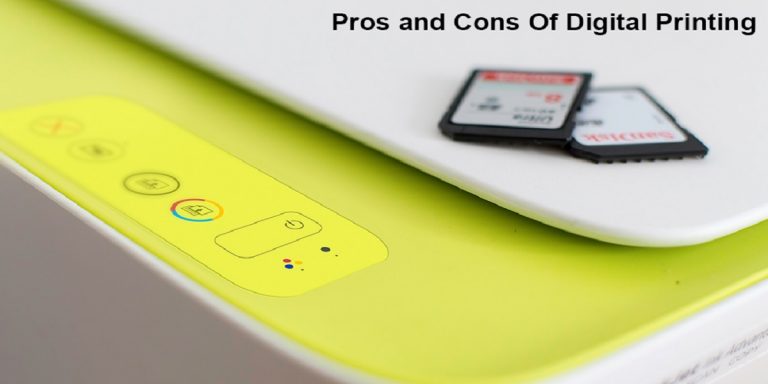Ever since the onset of Digital Printing, our world has seen a considerable makeover. The banners we see around in the market, outside buildings, are printed and imprinted with catchy messages and punchlines of the company to promote their business. The printings are not only for commercial purposes but also for other purposes like spreading awareness in the society, bringing about functional changes, and so forth. However, the business aspect is more prevalent, and it may involve direct or indirect advertising.
The traditional analog method of printing is called offset printing. In this method of publication, the printing staff members use plates, inks of different colors, and a well-measured use of water to execute your print assignment on the material for a page like paper. It allows for the best quality of print with lines per inch, which ranges from 150 to 200. The higher the number of lines per inch is the sharper and graphically clearer and more appealing it is.
Digital printing is the process in which distribution is carried out digitally; i.e., the graphics are designed on a computer; the content, if any, is written with a meticulous choice of the font; and the printout process is carried out with the help of Raster Image Processor.
The latest technology-based digital printers nowadays are based on toner and make use of electricity to print. With the advancement of technology, the digital printers are now able to print on both sides of a paper simultaneously; this saves time and energy. With the efficiency of time, you can print out some sample papers and check whether they stand true to your liking or not and, if not, then make adjustments.
Here are some pros and cons of digital printing over traditional printing.
PROS:
Short Print Runs
The digital printers are ideal if the copies of the digital prints are fewer than or up to 2000. Setting up minimum times lets your digital presses be your most suitable for short print runs, therefore. This process gives you more cost-effective deals than offset prints.
Dazzling And Compelling Colors
The traditional printing method was sworn by its color gamut, the whole array of colors to choose from, and giving your printing material the most appealing looks. The digital printing method nowadays has reached the same level of vastness in color gamut as the analog method. It means that the print of the digital press is almost as vibrant and colorful as the traditional media is. It can also print the rosette pattern instead of Staccato screening.
Better Inline Finishing
One of the essential features of digital printing is the ability to include an inline finisher to the workflow. An inline finisher can fold three side trim and staple a saddle stitch book in the same pass of the print. Some digital printing presses have the capability of making three hold drills, a staple at the corners and the side. More the steps you include in the inline finishing process, the lengthier it would make your production time.
Low Costs
Due to the shortness of the setup time and no need for plates, make the digital printing option more cost-effective than its traditional counterpart. The capability to perform finishing inline helps you to save on binary costs; this is yet another option of cutting down on the budget.
Cons:
The Cost Increases With Longer Prints
If the print requirement for more than 2000 copies, then digital printing is not a viable option, in terms of the prices. Printouts that are longer than the usual size result in a higher number of click counts; this increases the cost of the project.
Cannot Print PMS Well
Most of the digital printers that are based on toner cannot replicate PMS colors. They will opt for reproducing the PMS colors with the help of Pantone to CMYK values of the selected PMS color.
The Overall Paper Size Is Overall Small (13×19)
The traditional printing presses can print on papers of larger sizes, i.e., up to 20×28 by half-sized press machines and up to 40 inches by full-sized press machines.
To Conclude Finally, We Say That
These were some of the most commonplace advantages and disadvantages of digital printing over the traditional method.

